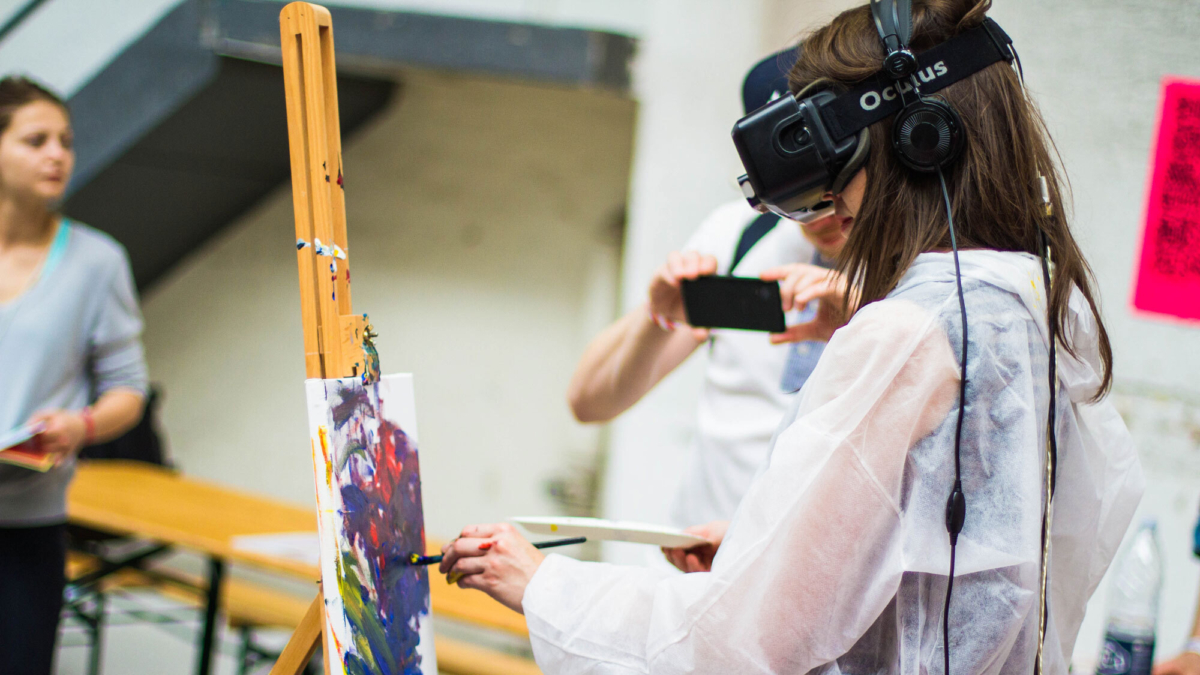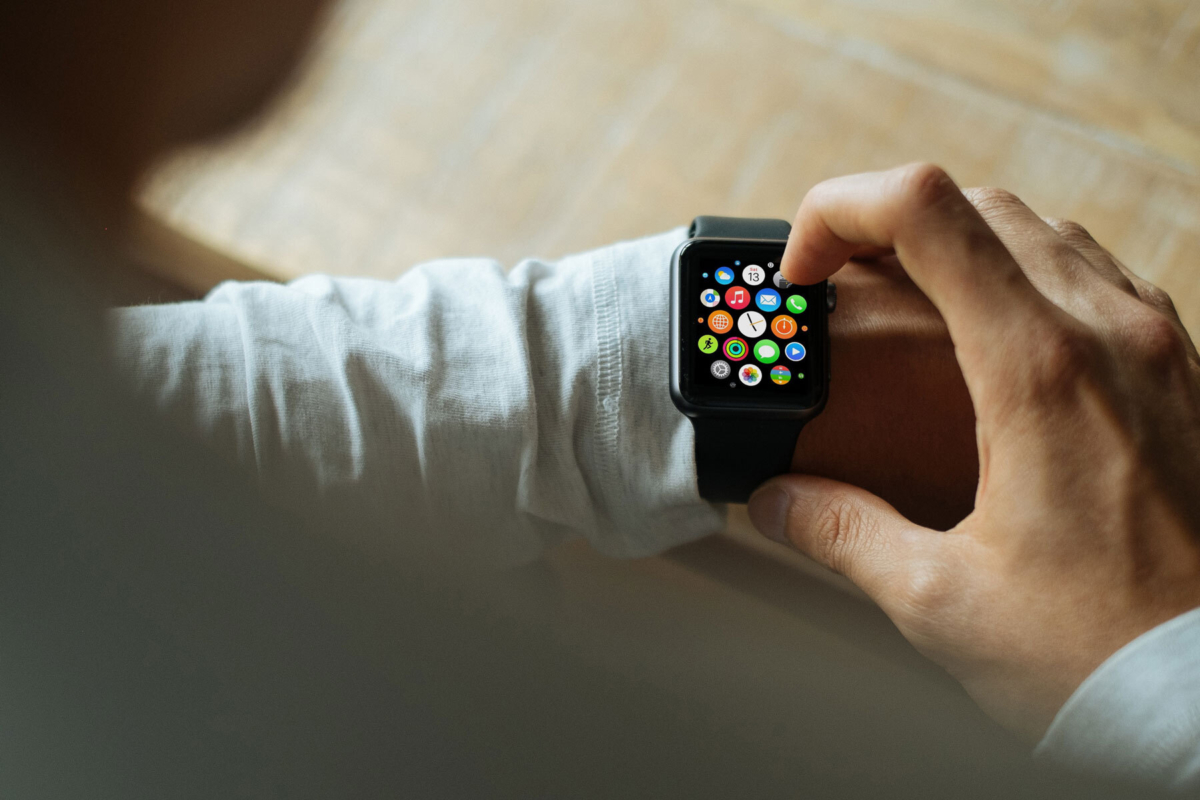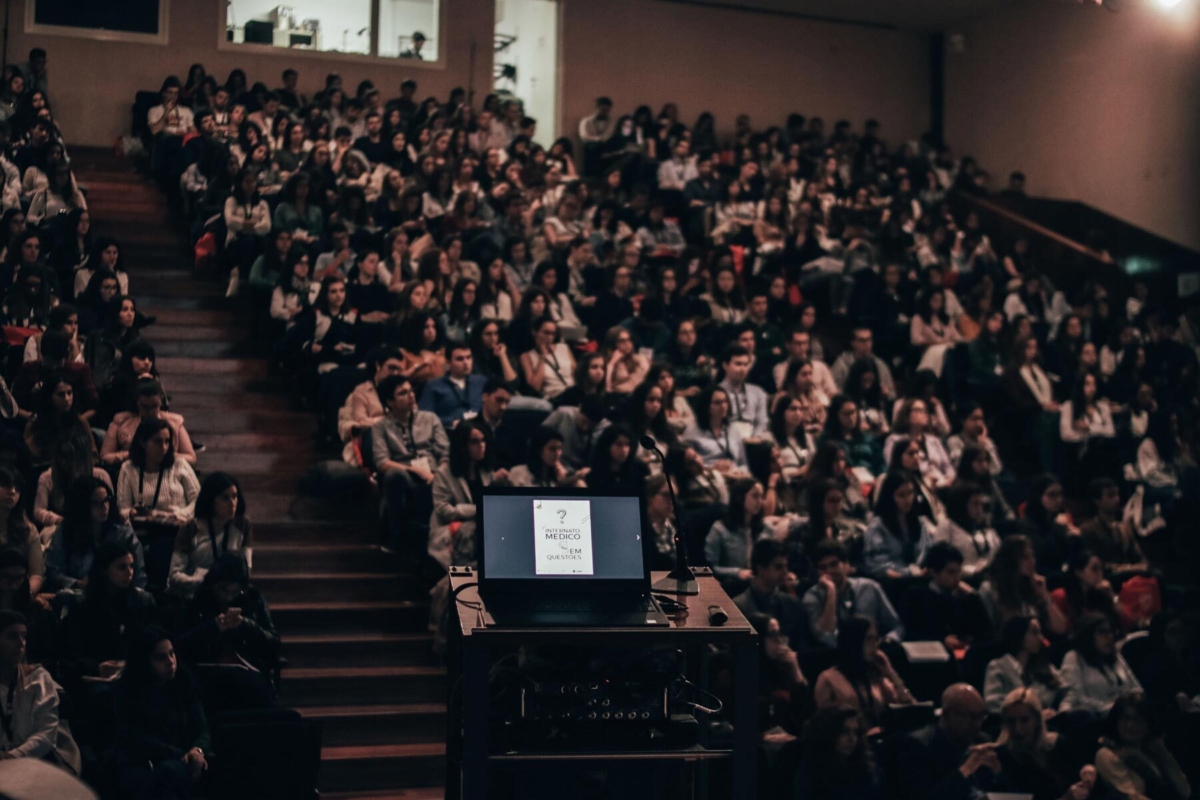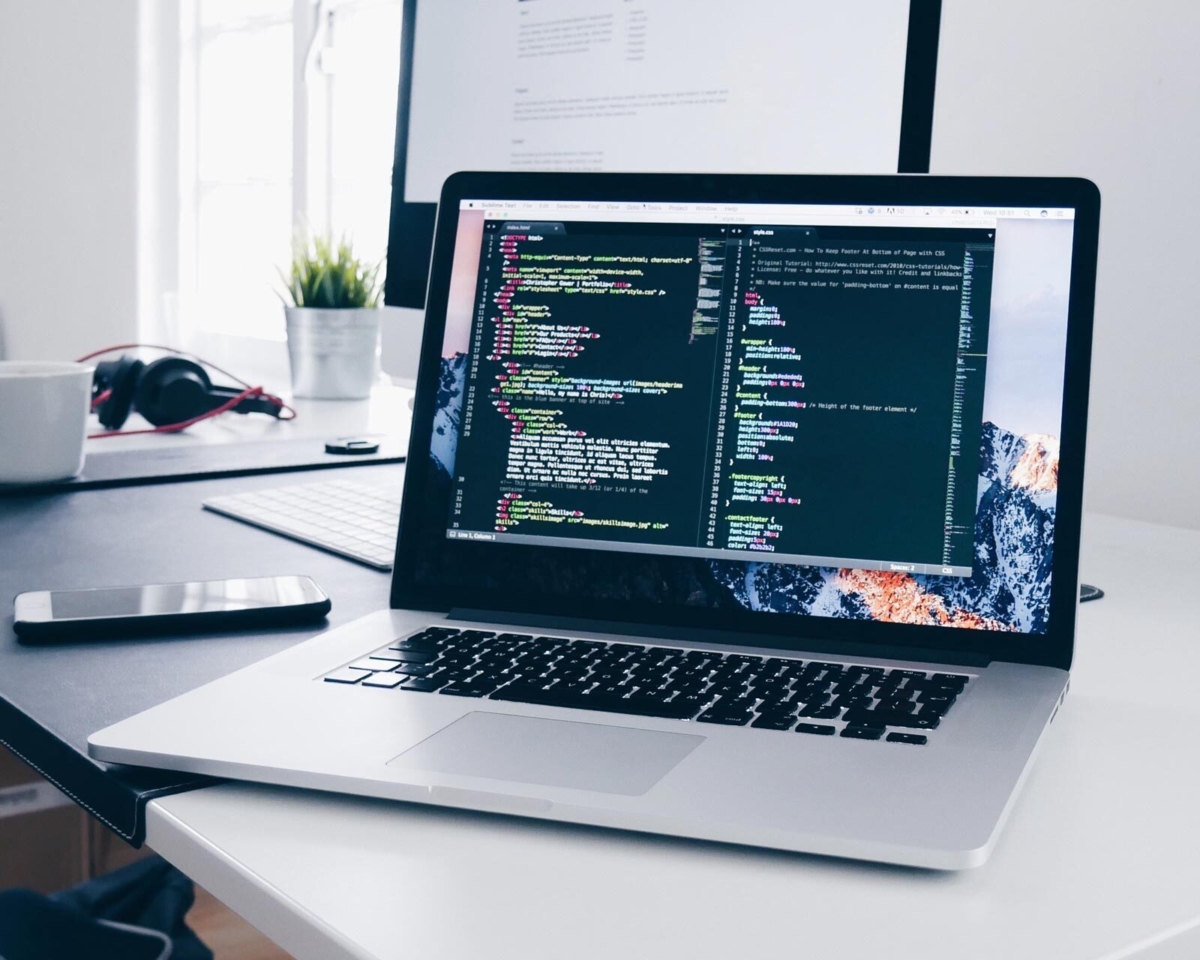
Community
Four ways educators are preparing for an increasingly digital future
Author
Magda Isack
Hero Photo
Moren Hsu
This summer, Substantial traveled to Philadelphia to join educators from around the world at ISTE’s 2019 Conference & Expo, now in its 40th year. Each year, over 24,000 educators, technologists, CEOs, creatives, and students come together to imagine the future of learning.
The conference gave a platform to visionary panelists to discuss emerging trends, best practices, and educational innovations in a landscape facing complex changes like the rise of AI and automation. Helmed by the International Society for Technology in Education, this global community of educators believes passionately in the power of technology as a transformative learning tool—and a canvas for creativity and innovation.
At Substantial, we love working with our clients to realize the social impact of thoughtful educational products. Many of our EdTech clients have sought out our experimental, exploratory approach to building products ready for the pressures of a rapidly changing world. At ISTE, we learned more about the challenges facing educators, and found strong evidence for working the way we do. And we emerged more excited than ever to help our clients build impactful learning tools.
With experience launching over a dozen EdTech products, Substantial sent a team to ISTE to bring back insights for future partnerships. Here are the top four trends they observed.

Number One
The demand for tech jobs is growing, but educators are focusing on soft skills.
Kids are growing up with robots, but the etiquette for conversations with Alexa or Siri won’t always apply to relationships in the real world. Students are digital natives and experts in their medium—often learning to code as a second language—yet digital fluency doesn’t necessarily serve the development of fundamental social skills, like communication, cooperation, and emotional intelligence.
While the demand for tech jobs will increase for Gen Z (and beyond), students culturally primed for individualistic behaviors will find a job market still governed by a need for soft skills—especially adaptability. Although statistics vary, experts predict that automation will cause massive changes in the workforce: AI pioneer Kai-Fu Lee believes that up to 40% of jobs will be replaced by automation in the coming decades. If your job needs to be replaced with AI or robots (and there’s a good chance it will be), you’ll need to be resilient and creative about your career path.
The good news: educators are using SEL (social and emotional learning) to teach qualities like self-awareness, self-management, and communication skills. We also noticed that the term ‘STEM’ was hardly used at all, having been effectively promoted to ‘STEAM’, with an ‘a’ for the artistic competency now considered essential for careers in tech.

Number Two
Accessibility matters.
At ISTE’s conference, we saw that accessibility is at the forefront at educators’ minds. In the development world, accessibility means providing equal, optimal experiences for users with different levels of ability in vision, hearing, cognition, speech, and motor skills.
While developers are primarily adults who live in cities, most students are children who grow up outside of cities—the people designing education tools are often far removed from the students who will end up using them. What happens when a vision- or hearing-impaired student needs to use a program that uses videos to explain concepts? More EdTech organizations are embracing universal or human-centered design, working with designers and developers to put accessibility at the beginning of the design process.
Equally important: do students have equal access to devices? There are schools where every student has a tablet, while others might not even have a computer lab. And students in low-income areas—if they have access to computers or WiFi at all—may not have equal access to compatibility devices like screen readers. Needless to say, equal access might not happen overnight, but educators are working toward these aspirations.
At Substantial, we prioritize accessibility standards and conduct extensive user testing to learn about potential challenges and solutions. We recently partnered with the USC Shoah Foundation to build iWalk, an educational app offering digital tours of Holocaust-related events across Europe and the U.S., integrating primary sources like survivor testimonies, documents and maps. Developed and tested for accessibility, the app launched to over eight locations across the U.S. and Europe with features for vision and hearing impairments.

Number Three
There’s a need to reconcile official standards with new technologies.
Where academia is focused on measurable goals and achievements as mandated by districts or states, new technologies have changed the definition of what success looks like in the real world. A core question posed by educators at the conference: as career paths look increasingly nontraditional, how do we meet the needs of students?
One EdTech company working on bridging the gap: the Linked Learning Alliance. Their approach is based on the idea that students work harder and dream bigger if their education is relevant to them and their future. Integrating rigorous academics with work-based technical training that’s tailored to individual skill sets, interests, and abilities, the Alliance’s certification platform helps educators teach both traditional and new competencies necessary for student success.
Earlier this year, we worked with the Jacobs Institute for Innovation in Education at the University of San Diego to build Pactful, an educational platform that teaches students to apply design thinking in the context of social good and global sustainability goals. At ISTE, we observed a growing demand for innovations like these.

Number Four
Technology could bridge the gap between PK-12 and higher education.
When it comes to the transition between PK-12 and higher education, technology could help create a more seamless system. In a world of machine learning and automation, the process of calling schools to obtain records feels archaic — what happens when a school is closed? Or when standards are inconsistent? At the ISTE conference, panelists imagined the possibility of universal, automated transcript record systems that would stay with students throughout their entire educational journey.
Imagine, for example, if LinkedIn married a dating app. Substantial recently had the opportunity to design AstrumU, an AI-powered job search platform where employers directly engage students, matching candidates based on their soft and technical skills. While EdTech is just scratching the surface of its potential, personalization could help students find career paths as powerfully as it helps companies build sophisticated marketing campaigns.
Magda Pagano spent seven years in EdTech before joining Substantial. As a Senior Engagement Manager, her role is a mix of client services, product management, and team leadership. Though she identifies as a total cat lady, she’s really an equal opportunity animal lover.


